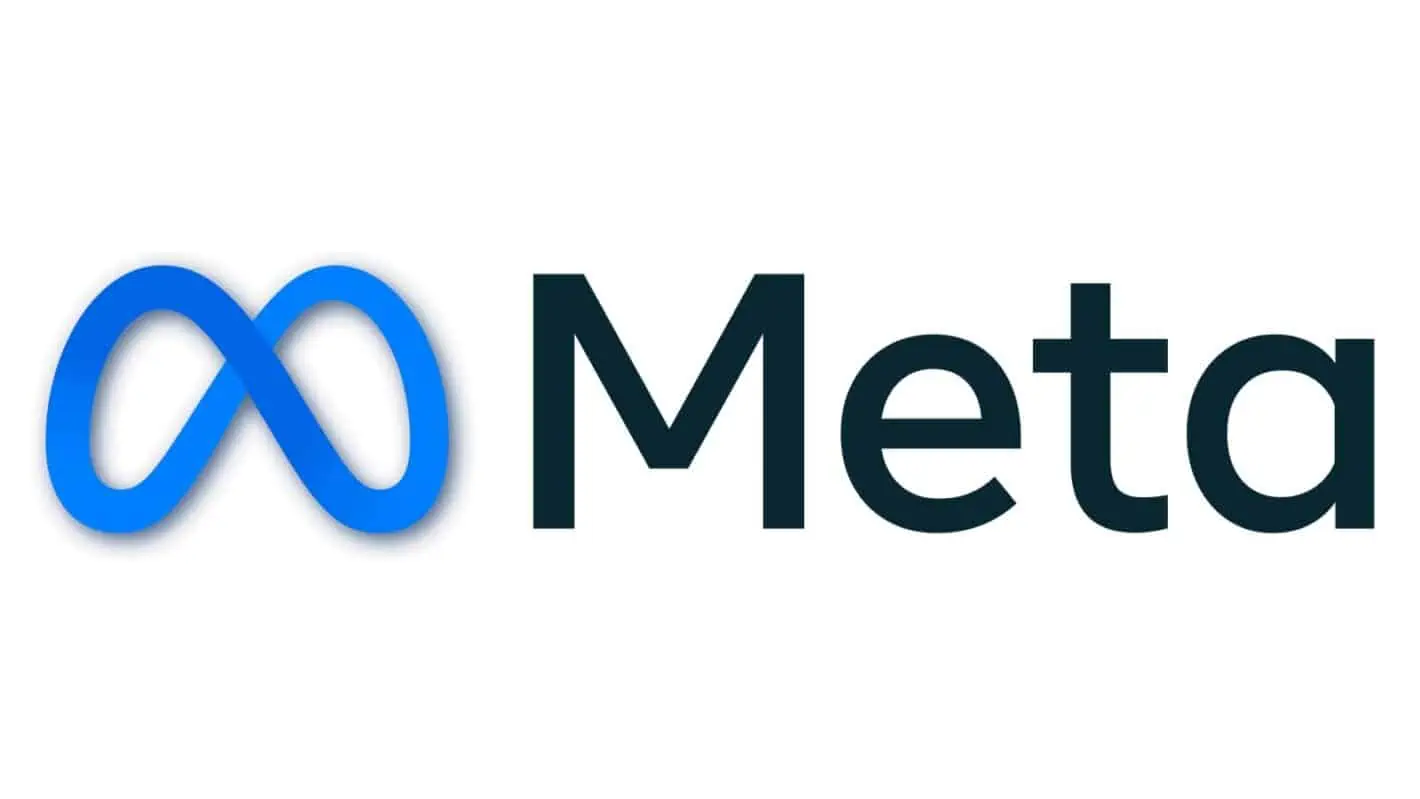Artificial intelligence has been the buzzword of 2023, thanks in part to the efforts of tech companies striving to develop the most advanced AI systems. Now, as part of these efforts, Meta has announced a new AI model called SeamlessM4T, which aims to break the language barriers by effectively translating and transcribing nearly 100 languages across both written and spoken forms.
According to Meta, unlike traditional language translation tools, which have issues with limited language coverage, the SeamlessM4T open-source AI model effortlessly handles speech-to-text and text-to-text translations by recognizing and processing input from 100 languages and converting them into 35 distinct output languages. Additionally, the fact that the language model performs all the above tasks in a single step makes conversing in different languages easy.
Moreover, to ensure sensitivity in translations, Meta has implemented mechanisms designed to filter out potentially harmful words that might provoke negativity or abuse.
“We filtered unbalanced toxicity in training data. If input or output contained different amounts of toxicity, we removed that training sequence,” said Meta.
Preventing gender bias
While the features of the new SeamlessM4T AI system are commendable, there are still concerns over inherent gender biases that have plagued various language translators, including Google Translate. Acknowledging these concerns, Meta has established systems to identify and rectify gender bias present in translations. This is particularly crucial in languages where gendered forms hold prominence, such as Spanish.
Despite its impressive capabilities, the AI model still struggles to replicate the intricate lexical nuances inherent in human translations—a vital element in meaningful conversations. Moreover, Meta has cautioned against relying on the model for lengthy translations and emphasized its unsuitability for medical or legal contexts.
“This single system approach reduces errors and delays, increasing the efficiency and quality of the translation process, bringing us closer to making seamless translation possible. In the future, we want to explore how this foundational model can enable new communication capabilities — ultimately bringing us closer to a world where everyone can be understood,” said Juan Pino, research scientist at Meta’s AI research division.

